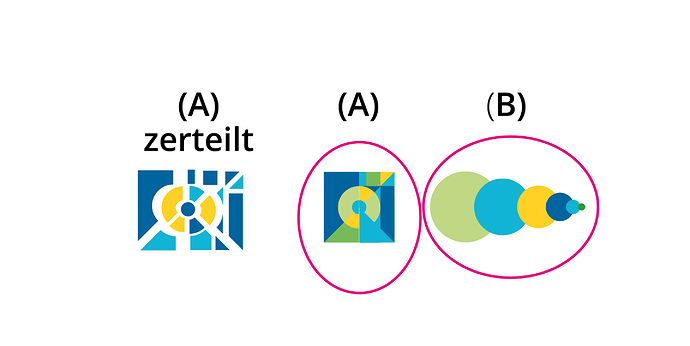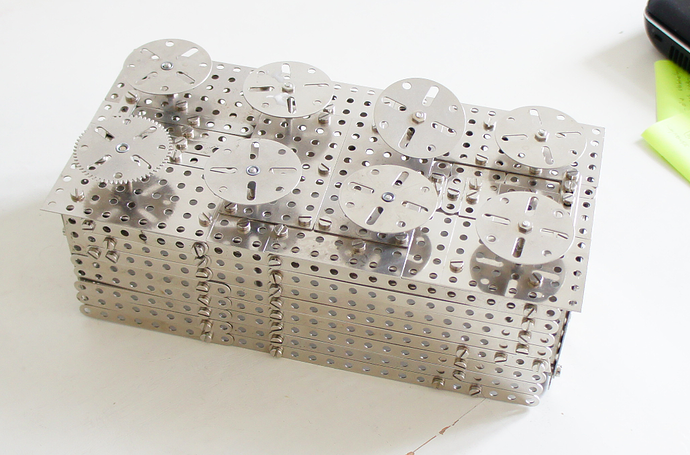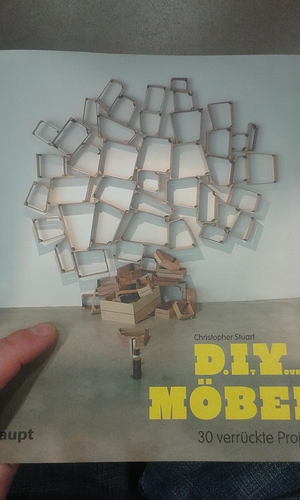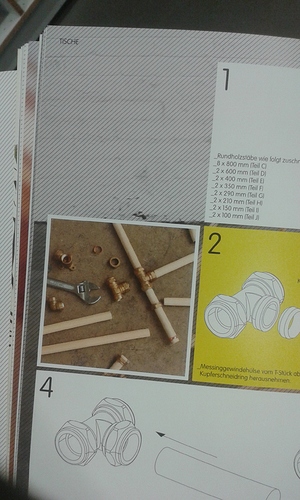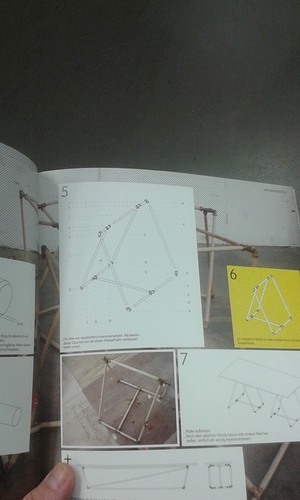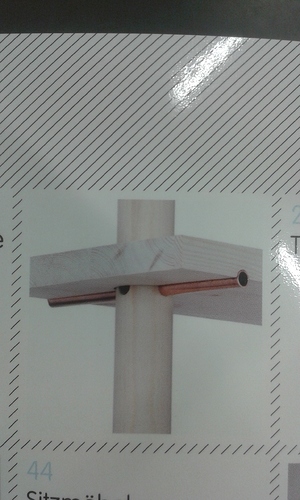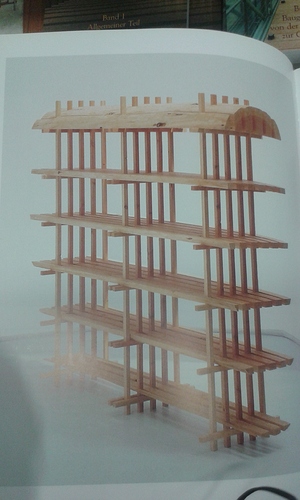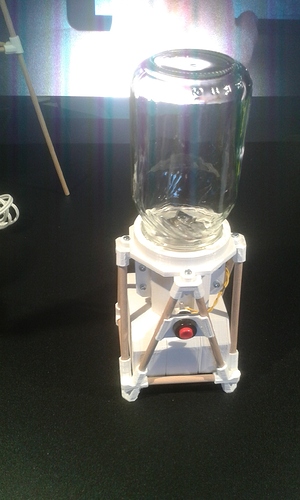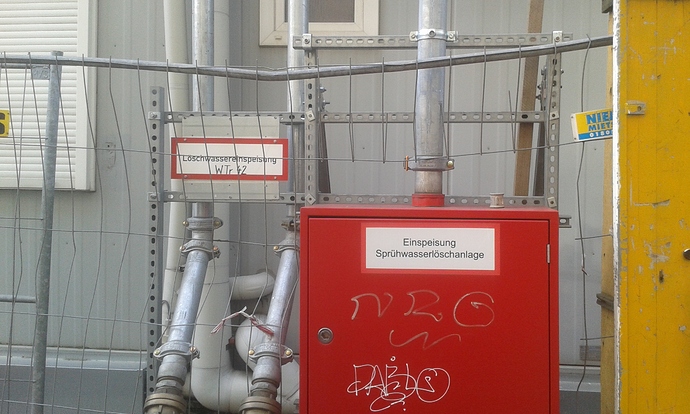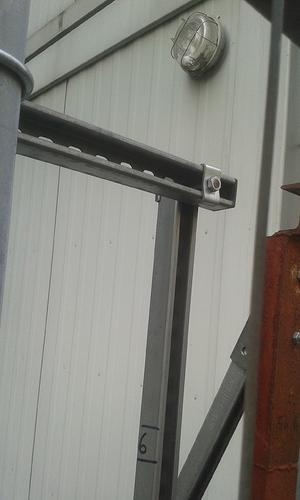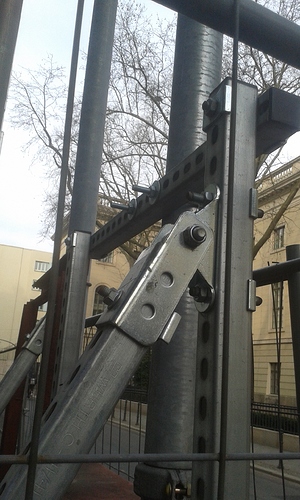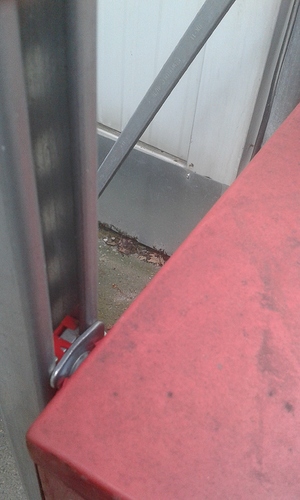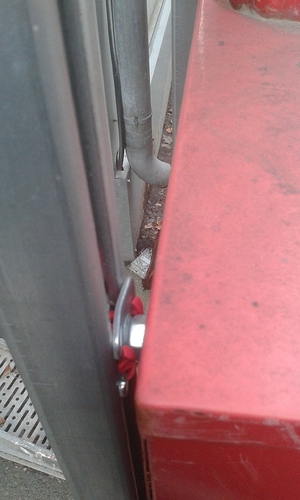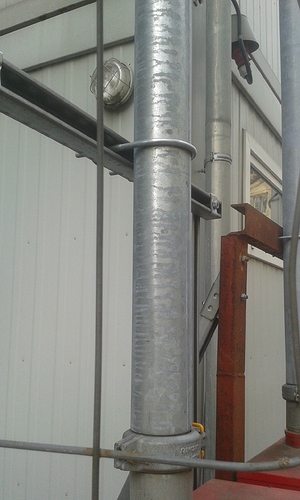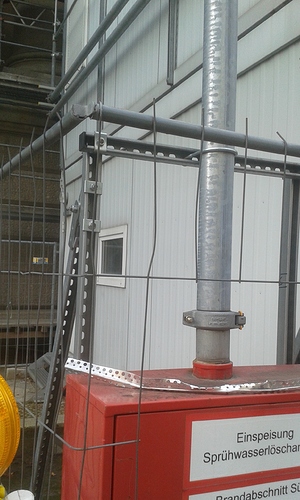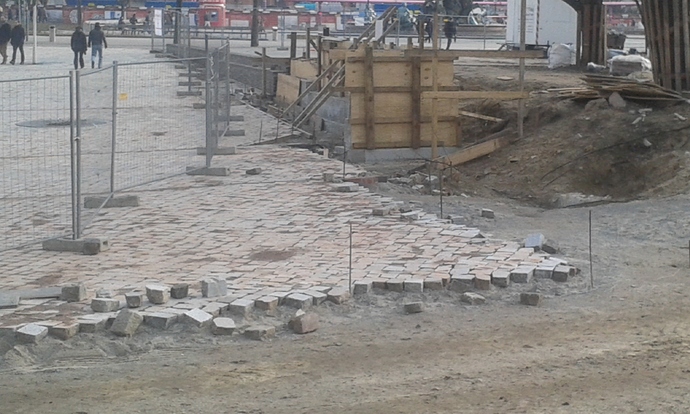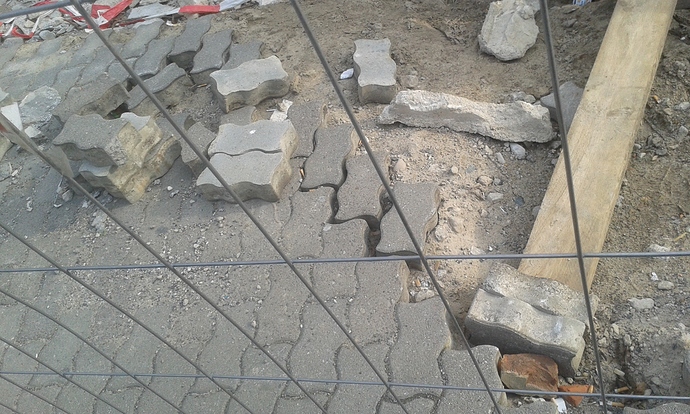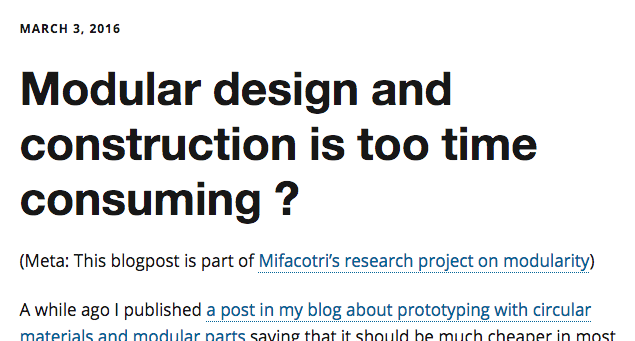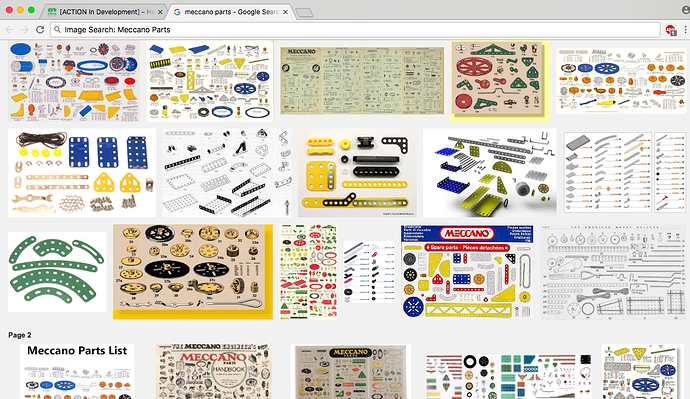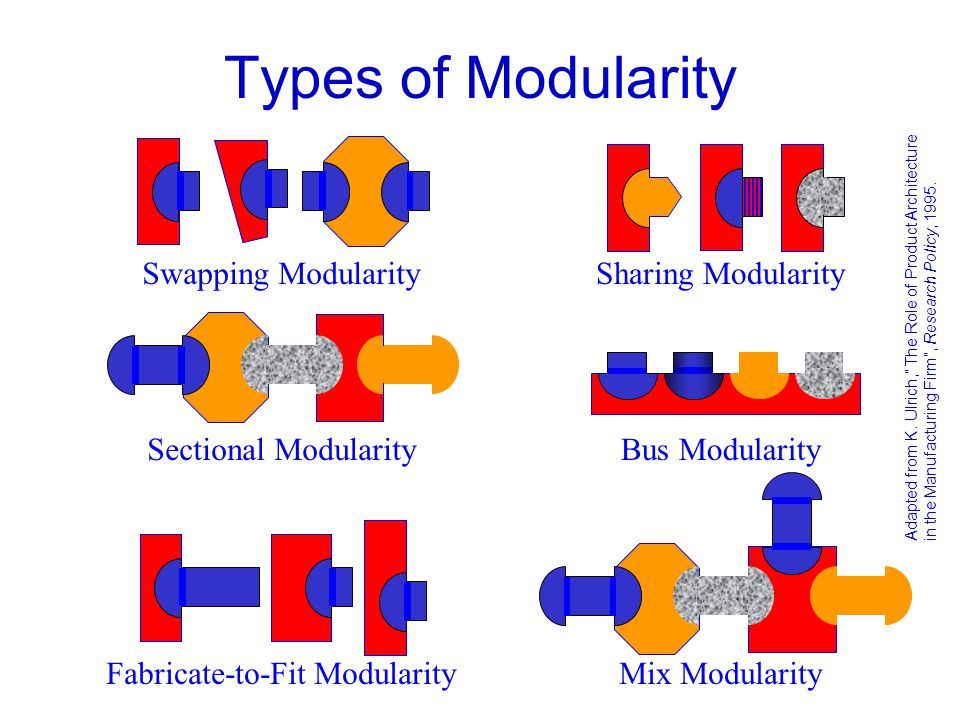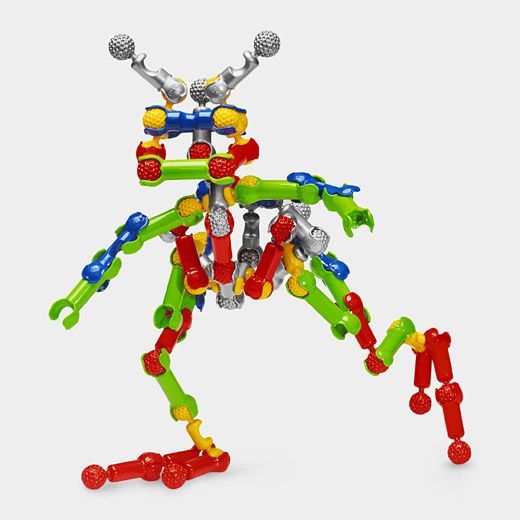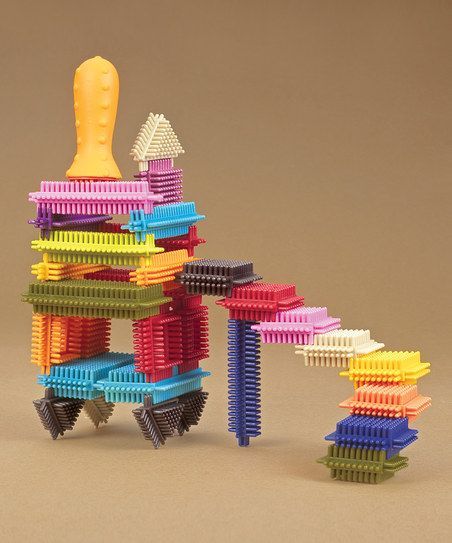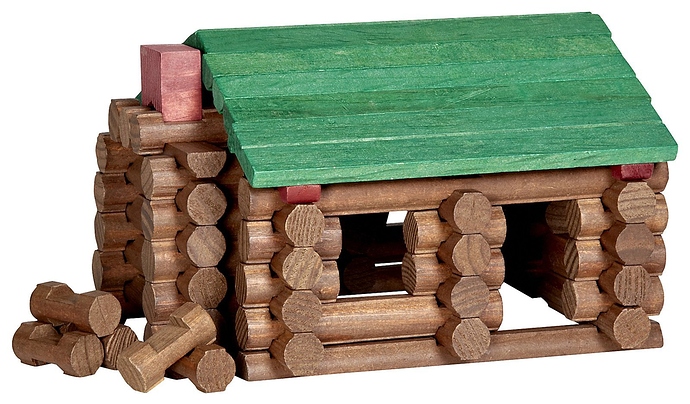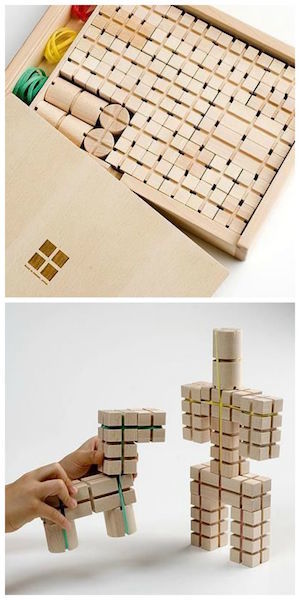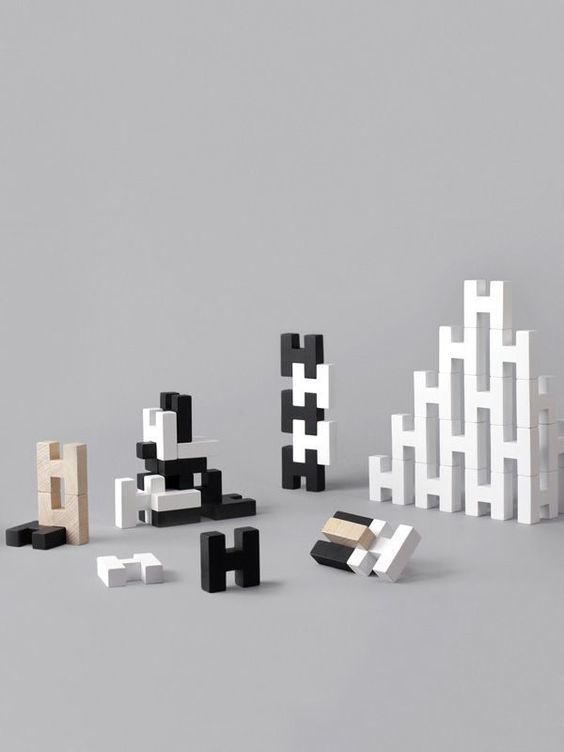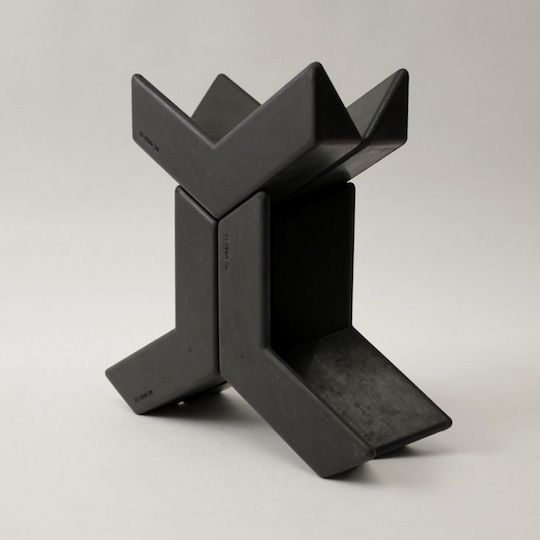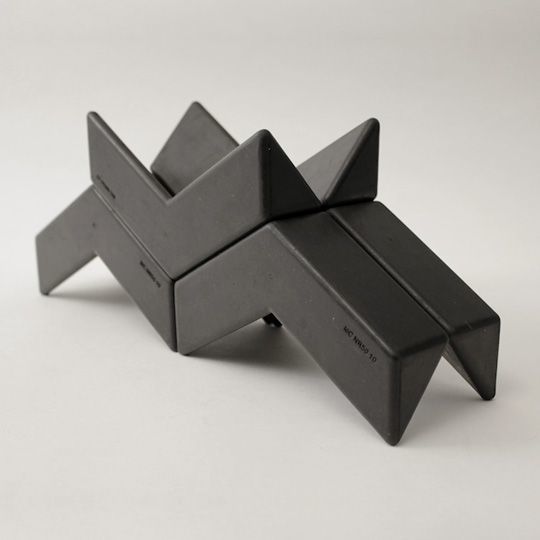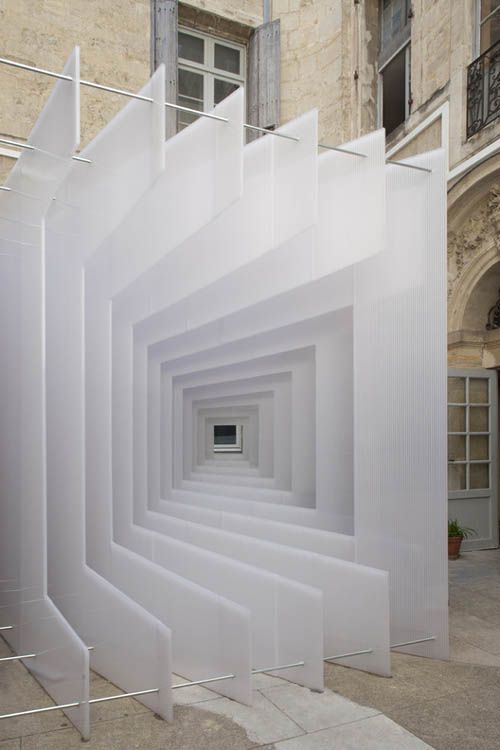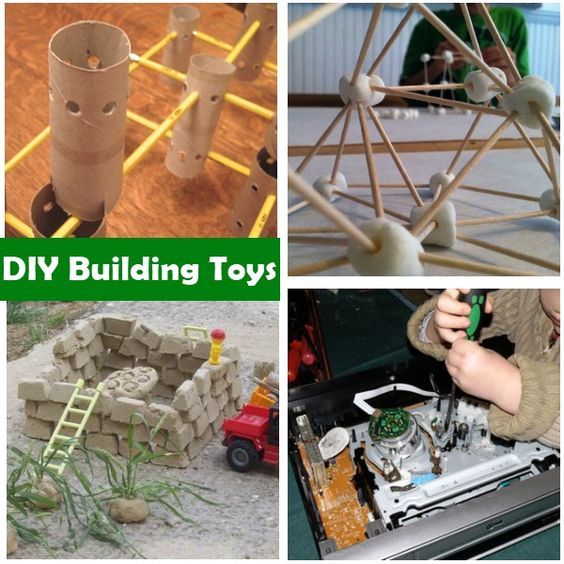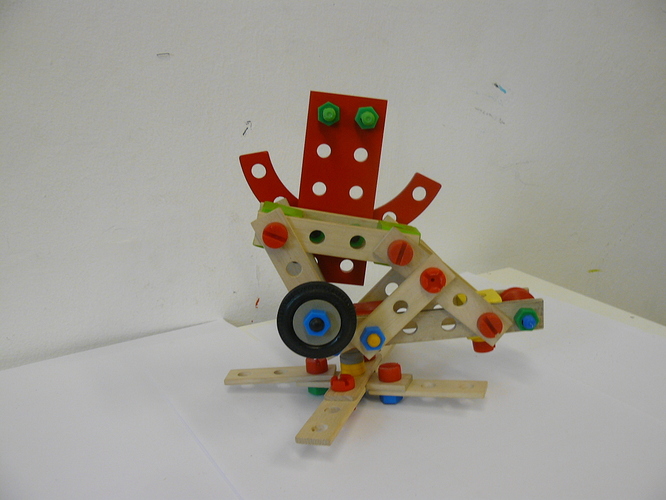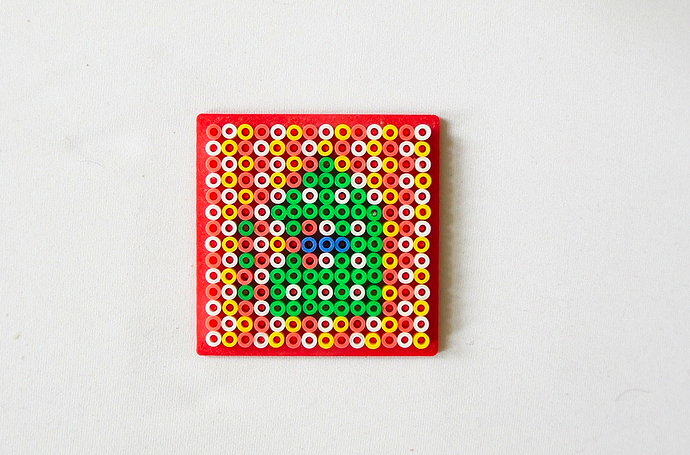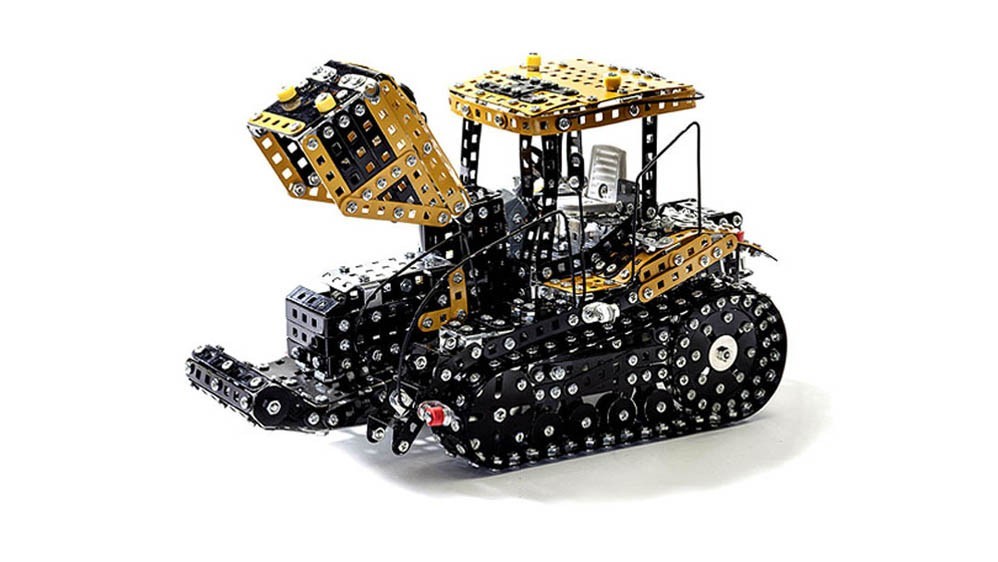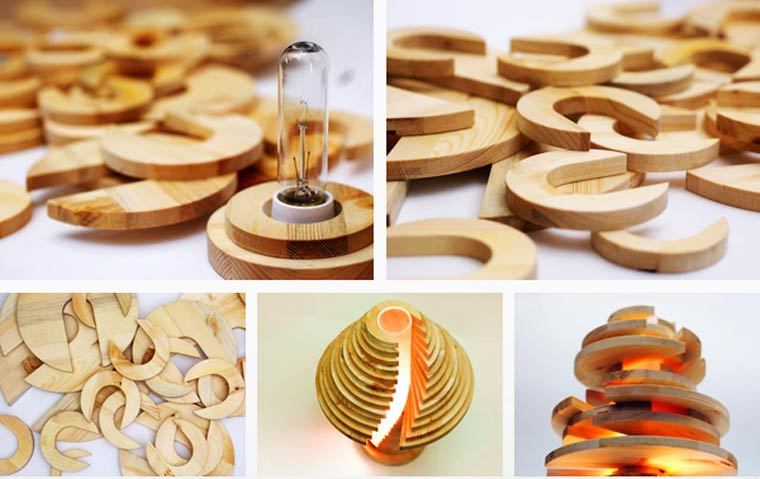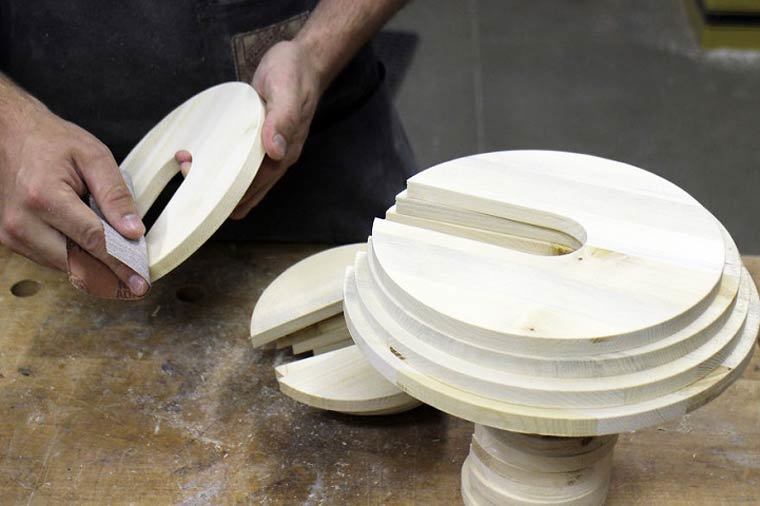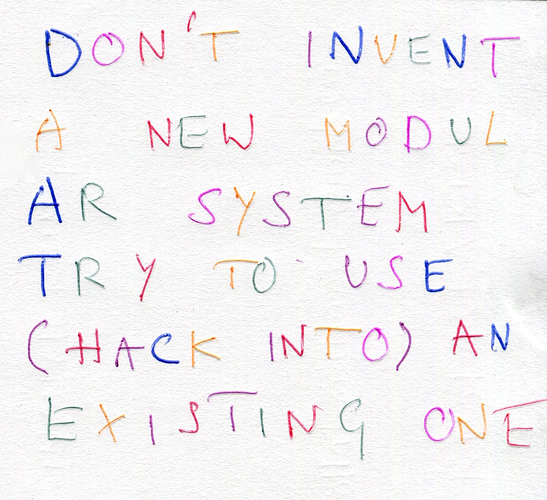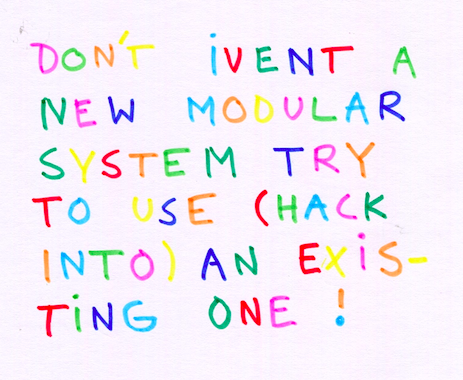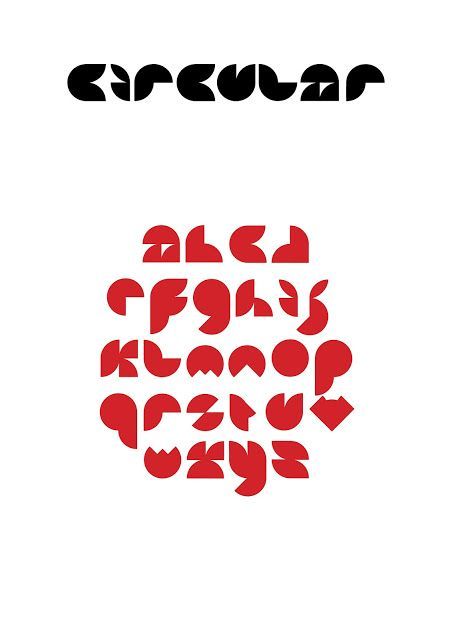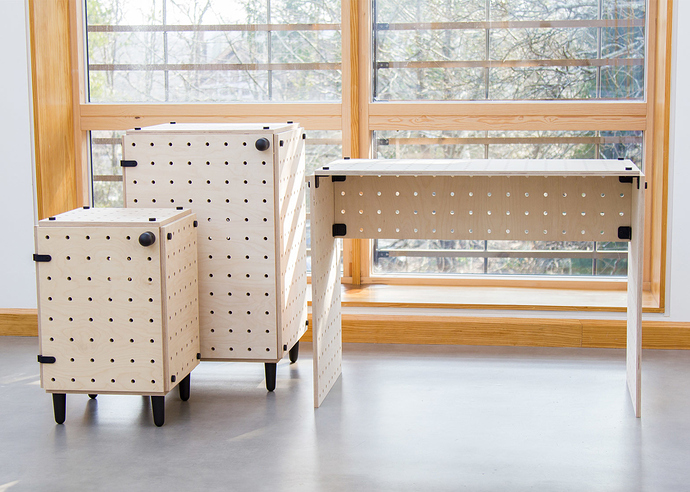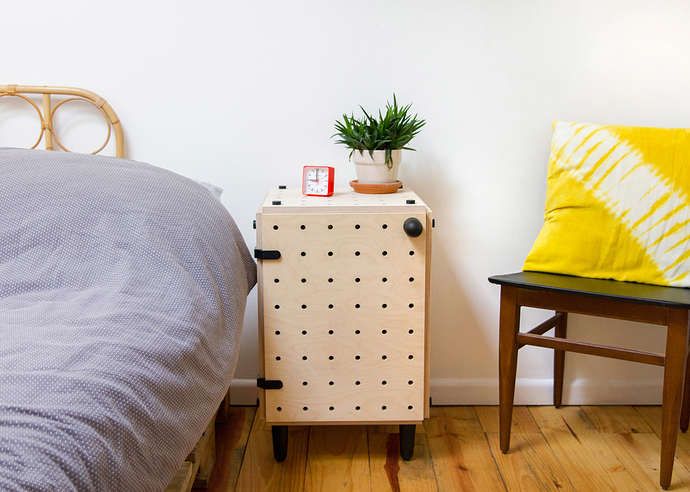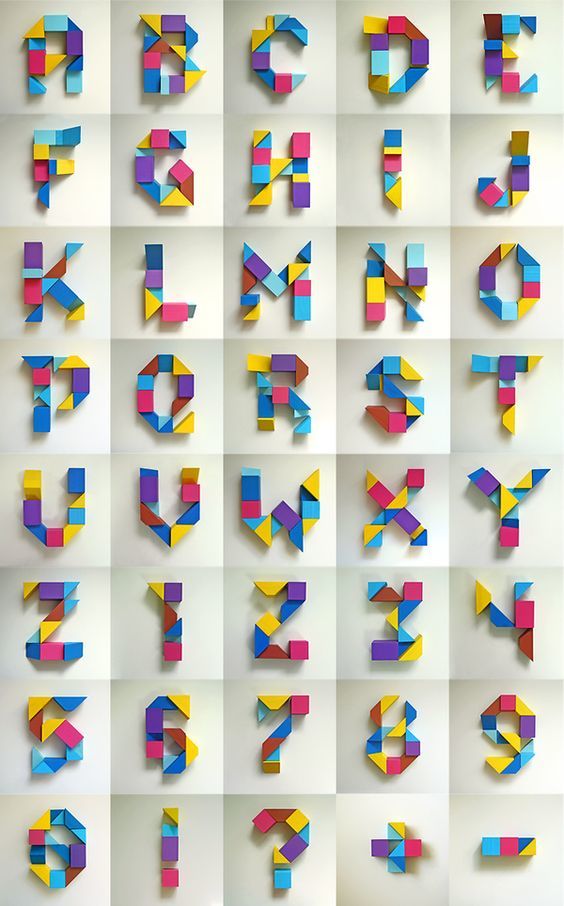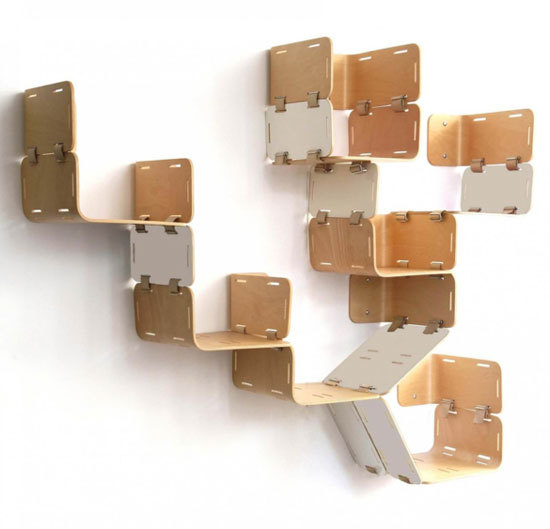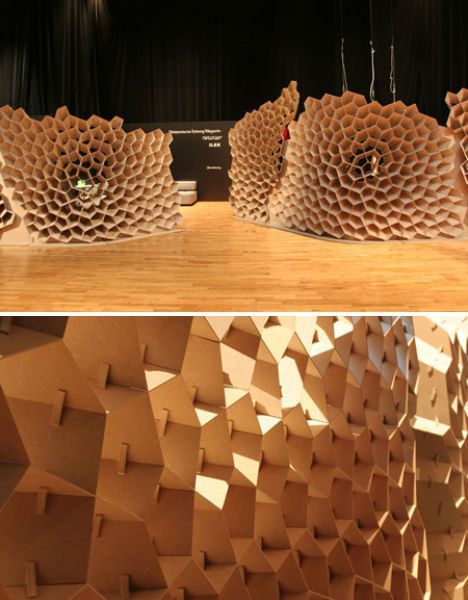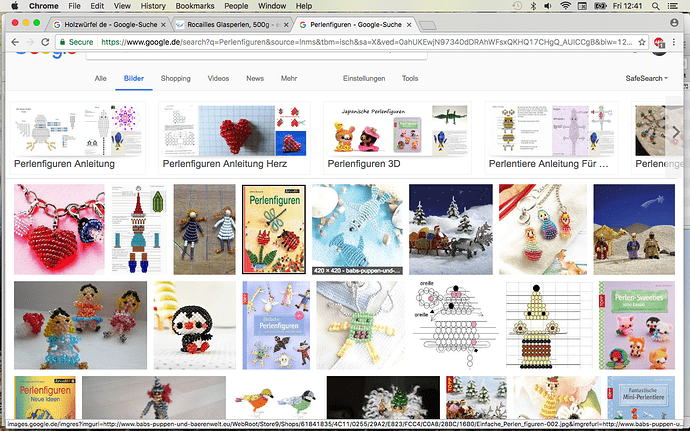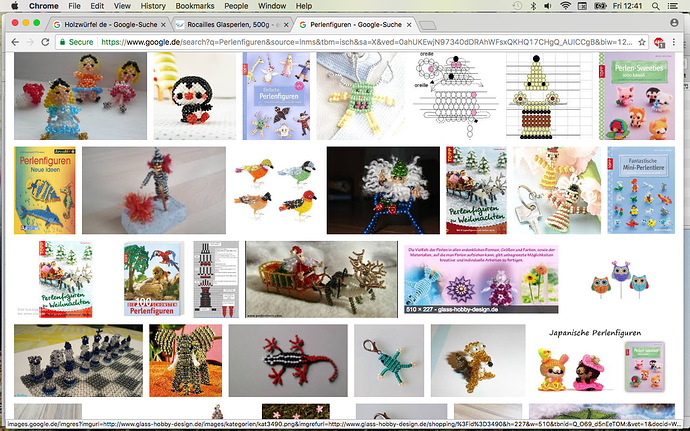@OTTILIE s graphic design for the 2016 OSCEdays is modular. Download the full documented kit to play with from our design-folder.
A Blogpost about prototyping with modular/circular materials and that it is cheaper - because you do not have to buy new materials or parts all the time.
img. from the post
A nice approach to modular toys i think.
& History of modular building bricks before Lego
Here are some photos of photos in a book called D.I.Y. Möbel (= D.I.Y. furniture). I think it is legally a bit problematic that I post them here. But I hope since the quality is so poor they are ok with it. There are lot more examples in the book.
book cover
examples
pipes to connect structures
In Munich i came across this new works by the designer Jesse Howard. Visit his website to see more modular and open stuff.
This was also in Munich at Kongresshalle were I saw Jesse Howards work. 2 different kinds of modules screwed together dynamically. You can build all kinds of interesting structures with this i guess.


I came across this at the street. Never studied this system before. I think I have seen parts of that system that is a bit Meccanno / Open Structures like in the DIY Store. I really like it!
UPDATE: I found out more about it. I saw it in the Bauhaus DIY Store in Germany. And here is a website about it (not all elements form the pictures below though). I was talking to someone working in the store and the guy said, the system is patented. But it is very old (20 years at least) also, so the patent should be gone, at least quite soon.
[ – [° |
yes, this is also modularity 
Here is a copy of another Blogpost with something very interesting (a downside) to modularity.
#The “Spreading Error Effect” of Modularity
–
I had a fascinating (at least for me) discussion with Julian Ariza Alvarez on modularity today. Julian is an engineer and quality control researcher at TU-Berlin. He was once part of a large research project involving a car company. The idea of the project was to have cars build entirely with modular parts – hundreds of exchangeable parts – so you can customize and evolve more quickly. But when testing the system something strange occurred: When you combine a large number of different modular parts you get an even larger number of potential points of failures.
For example when they combined a certain exhaust pipe with a certain connector to a certain motor after less than two years the motor broke down. Because there was something in the connection that attacked the motor slowly but progressively. And stuff like that happened in other combinations too.
Of course! If you build one product – one car – you chose one motor, one exhaust pipe and one connector. You monitor and debup the connection meaning you optimize the parts step by step till everything works for this particular combination. But if you have exchangeable building blocks the number of tests and optimizations you have to make explodes. 3 exhaust pipes and 3 motors and 3 connectors make already 27 combinations (instead of 3)! And when you test combination number 3 and discover that you have to change a part you have to do the first 2 tests again. And a car has many more parts that all play together. So the number of potential tests to make comes close to infinity. You might end up with a close to infinite number of points of failure.
Julian called this: “Fehler-Ausstrahlungs-Effekt” which is german and beautiful and might be translated with: “Spreading-Error-Effect”.
https://vimeo.com/osvehicle/vision
Here is OSVehicle’s “modularity” video that triggered the discussion.
–
The car is not the only example he told me about. He also spoke about a machine “to make everything” where you have just exchangeable heads/bits – a driller, a saw and so on. But every time with every new bit on top there are entirely different forces in the machine working. Normally you would optimize the connector between the bit and the rest of the machine for that specific forces. But if the connector and the machine is modular and for every bit the same there is no optimization. The result is a machine that breaks much faster.
–
I think this is a serious issue for modularity. At least for a number of areas.
–
I met Julian in the context of a research project that is about creating tools for collaborative open source hardware development. For open source hardware modularity and the use of standard parts is very important. Because if a software is open source I can download and install it in 5 minutes and start using it. If a tractor is open source I can download the building plan but I still have to build the whole tractor! I have to get all the parts and assemble them. It is important to use commonly available parts and structures in the design to make it easier to build the tractor everywhere. Modularity is a big enabler of decentralized open hardware production, development and use.
So one of the obvious ideas we had was that the tool for collaborative open source hardware development could collect errors – errors occurring in modular designs. And make them directly as feedback available for the designer: Every time someone plans this very same connection the software sends a warning. An open accessible database of errors. A huge, decentralized, crowd generated and openly available learning and development process for designing modularity.
This would actually be a really useful tool or feature in the tool.
Publish stuff that did not work! Publish studies that found nothing! This is has always been a demand of the open science community! With the internet we have enough space to make also negative results available. And we should. To prevent people from making the same mistakes again and again and enable us to learn faster and achieve more complex goals.
It could allow us to tackle and contain the “Fehler-Austrahlungs-Effekt” – the “Spreading-Error-Effect”.
Cool. In the mentorship program we have now someone for product design.
I asked @tox about Modularity (first comment). Curious about the answer.
I had an exchange with @RicardoRug in the OPEN COLLECTION - On The Circular City topic.
Ricardo started to post an interesting idea for circular product design. Modularity is a part of it and I asked for examples. This is what he sent:
I responded to this:
I am looking at modularity for a while now and discovered that in a lot of areas it comes with problems. The Spreading Errors Effect is an important one. It effects your first example.
And Project ARA got cancelled recently because it turned out to be a „terrible idea.“ It would have cost even more …
Don’t get me wrong, I still love the idea of modularity - that is the reason I create this ACTION about it. But it seems it does not work everywhere. We have to look for the areas, where it works.
I share this here also for the link to the article about the cancellation of project ARA and to announce, that we are in the process of creating an ACTION on a Hackathon With A Open Modular Grid
#Modularity
wikipedia on modularity:

Images found on the web. Fair use intended. If you are the copyright holder and want this pictures to be taken down email to: mifactori(ät)email.de
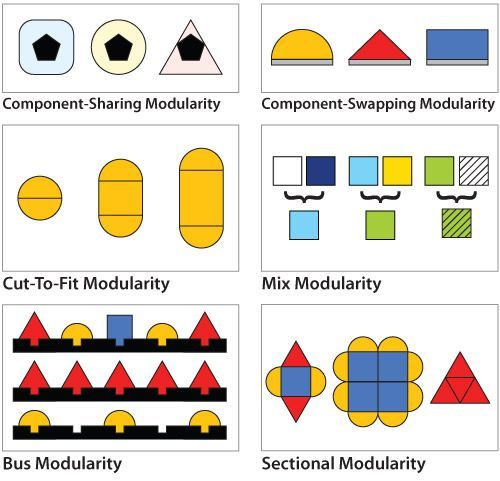
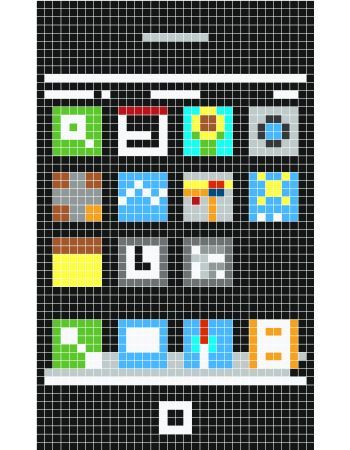
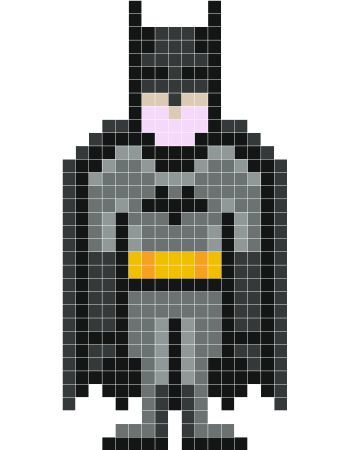
#Modular Toys Collection
I was browsing the web for modular toys/solutions. I found a lot of images. As you can imagine most weren’t under open licenses. But I share them here anyway – as fair use. If you are a copyright holder of one of the images let me know and I will remove the image immediately (mail to: mifactor(ät)email.de)
I like the idea, that our kitchen products… and also other products are designed using some of these principles. If you work hard enough, maybe it is possible to have beautiful objects that follow a simple principle of modularity! My work with the 3erlin Grid teaches me, it is possible.
But for now enjoy the collection.
(a)
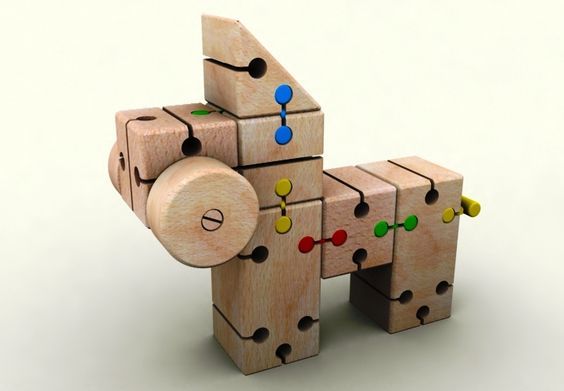

(b)


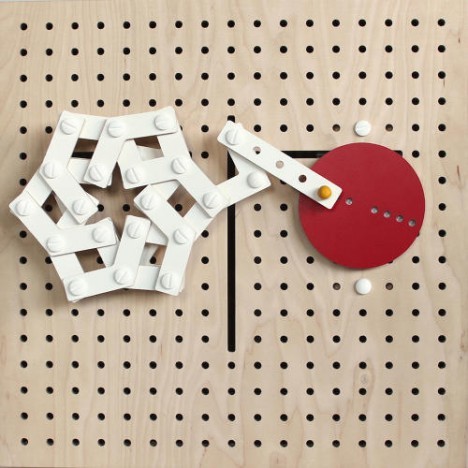
Enjoy a Video
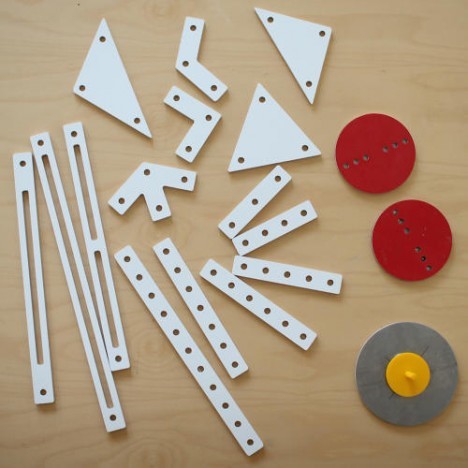
©
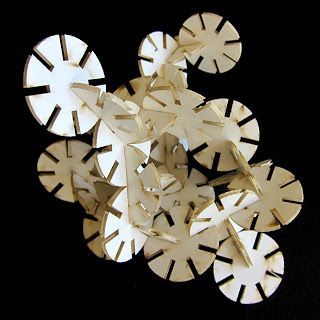

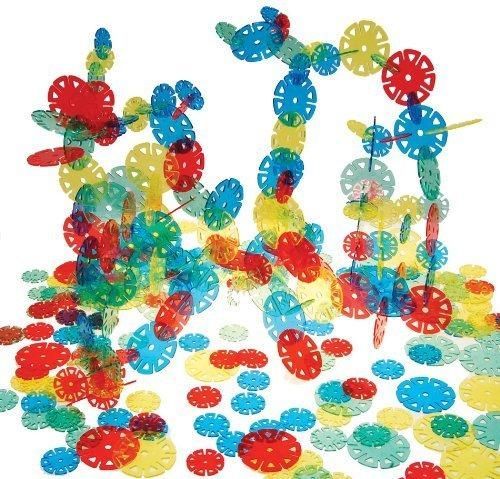
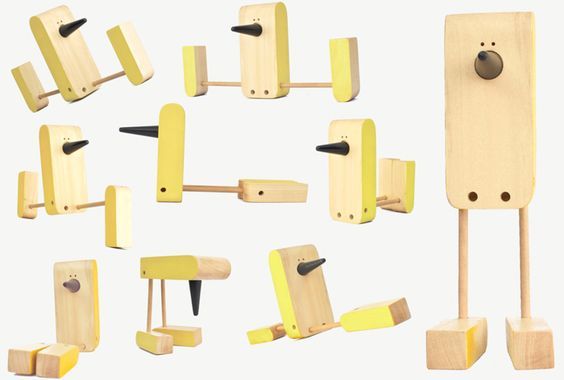
©
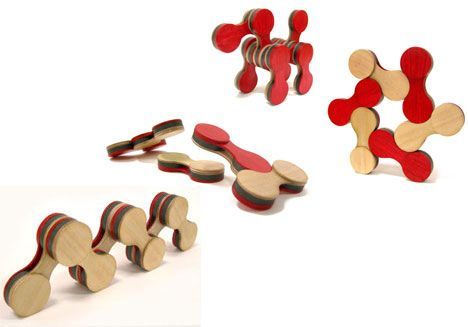

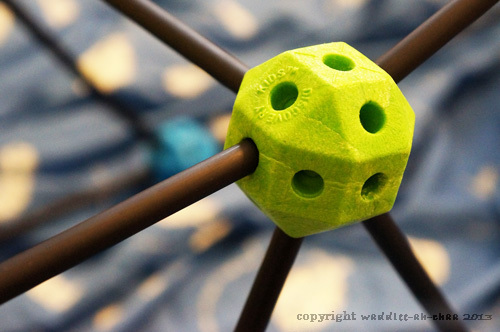
(d)



(e)
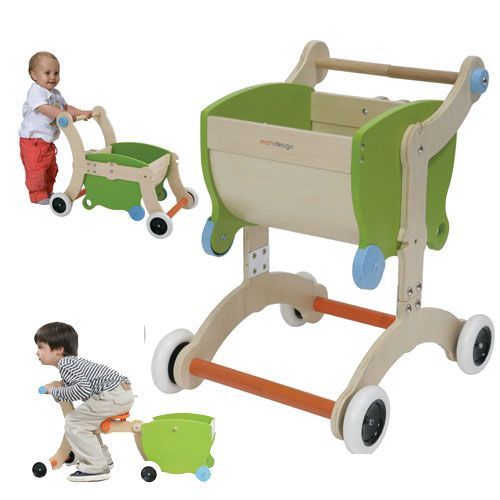

(f)
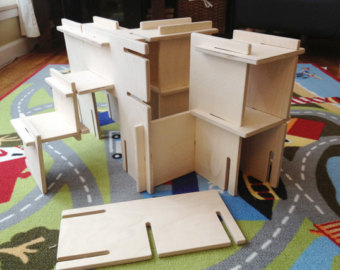
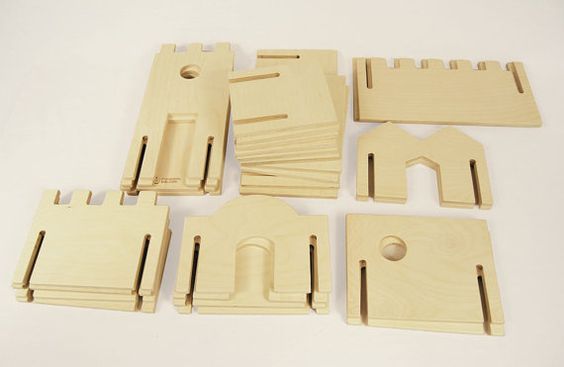

(g)

(click on the next one to enlarge and see the full story)
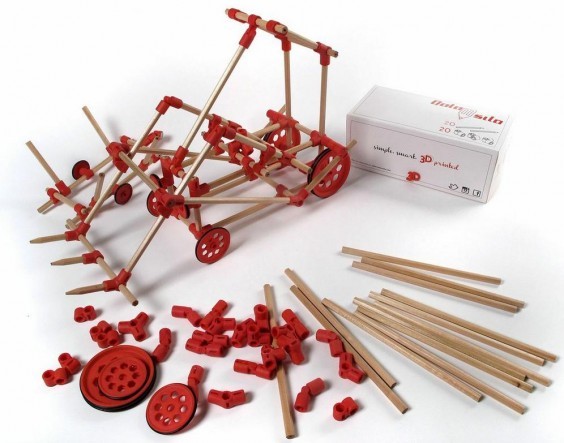
#Just More Images
Images found on the web. Fair use intended. If you are the copyright holder and want this pictures to be taken down email to: mifactori(ät)email.de


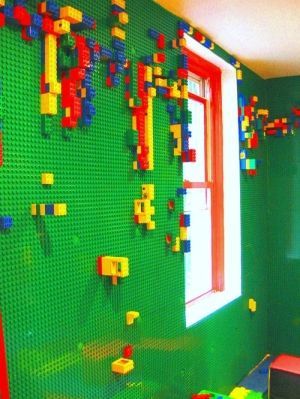
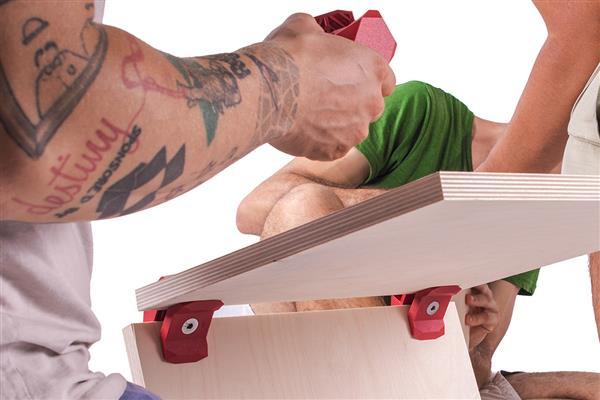
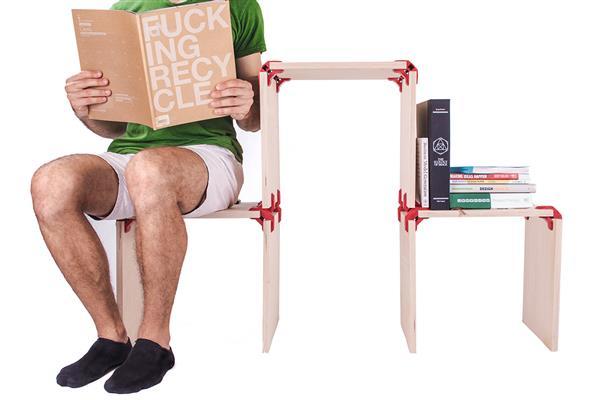
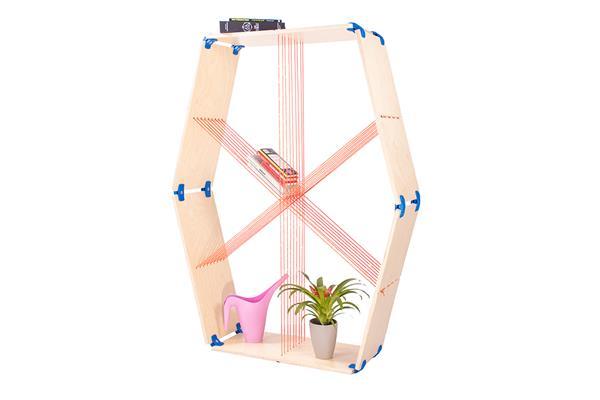

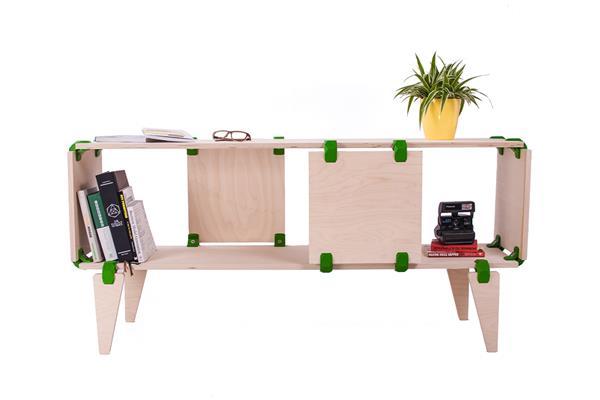
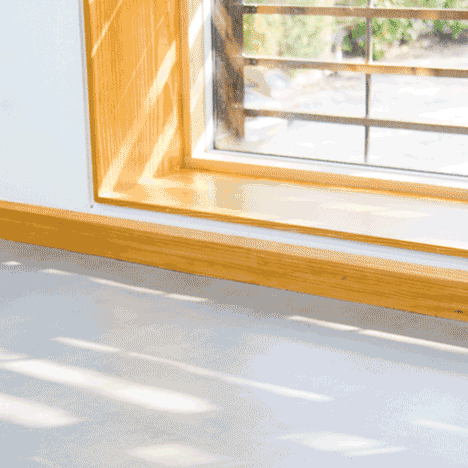


#2 Articles on Modularity, Open Source Hardware & Circular Economy
###1 Grand Unification Theory of Modular Units
https://www.atthatmatt.com/research/grand-unification-theory-of-modular-units/
###2 Open Source Modular Design: The Business Benefits (by @makegeneve)
A new UK company designing modular furniture and who used Kickstarter to support the project.
[ Image source: http://www.crisscrossfurniture.com/ ]
